Chasing dark matter with the oldest stars in the Milky Way
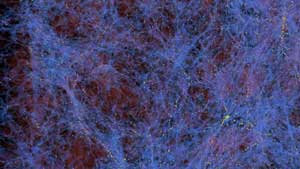 How an international team of researchers is constraining the speed of invisible and undetectable dark matter.
How an international team of researchers is constraining the speed of invisible and undetectable dark matter.
Jan 24th, 2018
Read more
 Subscribe to our Space Exploration News feed
Subscribe to our Space Exploration News feed
 How an international team of researchers is constraining the speed of invisible and undetectable dark matter.
How an international team of researchers is constraining the speed of invisible and undetectable dark matter.
Jan 24th, 2018
Read more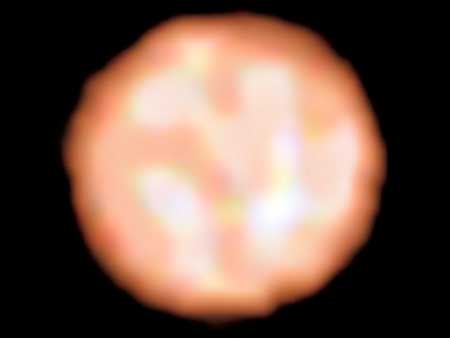 An international team of astronomers has produced the first detailed images of the surface of a giant star outside our solar system, revealing a nearly circular, dust-free atmosphere with complex areas of moving material, known as convection cells or granules.
An international team of astronomers has produced the first detailed images of the surface of a giant star outside our solar system, revealing a nearly circular, dust-free atmosphere with complex areas of moving material, known as convection cells or granules.
Jan 23rd, 2018
Read more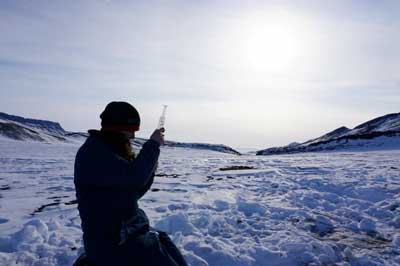 Researchers demonstrate for the first time the potential of existing technology to directly detect and characterize life on Mars and other planets.
Researchers demonstrate for the first time the potential of existing technology to directly detect and characterize life on Mars and other planets.
Jan 18th, 2018
Read more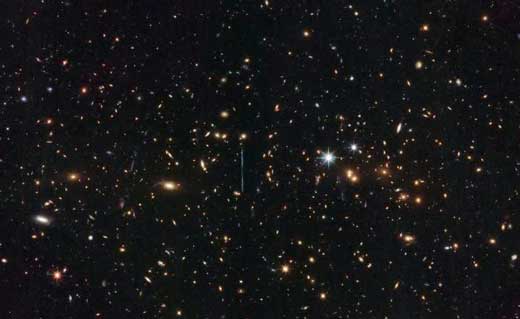 In 2014, astronomers using the NASA/ESA Hubble Space Telescope found that this enormous galaxy cluster contains the mass of a staggering three million billion suns -- so it's little wonder that it has earned the nickname of El Gordo ('the Fat One' in Spanish).
In 2014, astronomers using the NASA/ESA Hubble Space Telescope found that this enormous galaxy cluster contains the mass of a staggering three million billion suns -- so it's little wonder that it has earned the nickname of El Gordo ('the Fat One' in Spanish).
Jan 17th, 2018
Read more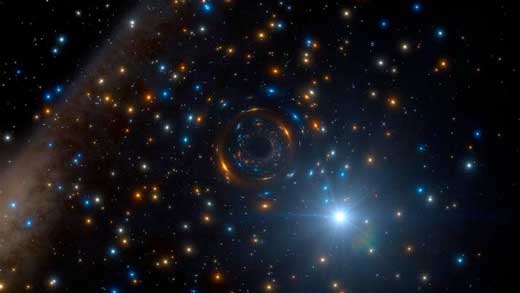 Astronomers have discovered a star in the cluster NGC 3201 that is behaving very strangely. It appears to be orbiting an invisible black hole with about four times the mass of the Sun -- the first such inactive stellar-mass black hole found in a globular cluster and the first found by directly detecting its gravitational pull.
Astronomers have discovered a star in the cluster NGC 3201 that is behaving very strangely. It appears to be orbiting an invisible black hole with about four times the mass of the Sun -- the first such inactive stellar-mass black hole found in a globular cluster and the first found by directly detecting its gravitational pull.
Jan 17th, 2018
Read more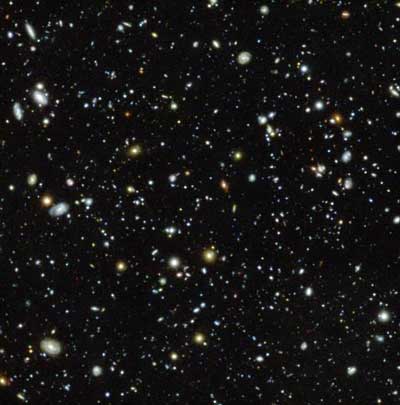 MUSE instrument allows deepest spectroscopic observations ever.
MUSE instrument allows deepest spectroscopic observations ever.
Jan 15th, 2018
Read more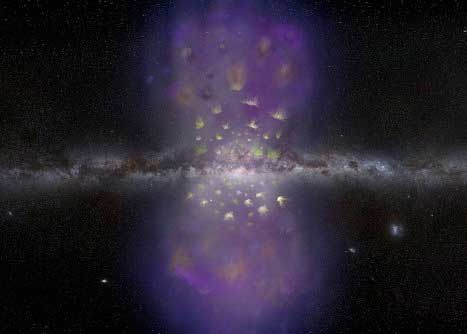 A team of astronomers has discovered what appears to be a grand exodus of more than 100 hydrogen clouds streaming away from the center of the Milky Way and heading into intergalactic space.
A team of astronomers has discovered what appears to be a grand exodus of more than 100 hydrogen clouds streaming away from the center of the Milky Way and heading into intergalactic space.
Jan 11th, 2018
Read more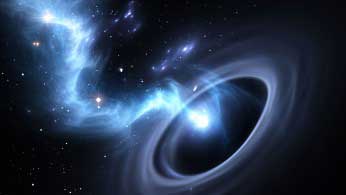 Supercomputer power enables advanced simulations of relativistic jets' behavior.
Supercomputer power enables advanced simulations of relativistic jets' behavior.
Jan 10th, 2018
Read more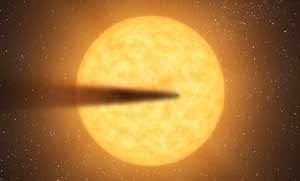 The mystery of Tabby's Star is so compelling that more than 1,700 people donated over $100,000 through a Kickstarter campaign in support of dedicated ground-based telescope time to observe and gather more data on the star through a network of telescopes around the world.
The mystery of Tabby's Star is so compelling that more than 1,700 people donated over $100,000 through a Kickstarter campaign in support of dedicated ground-based telescope time to observe and gather more data on the star through a network of telescopes around the world.
Jan 3rd, 2018
Read more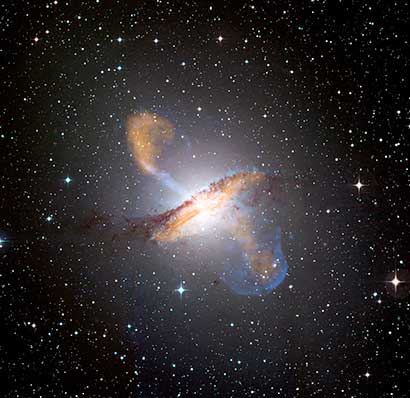 Astronomers find close correlation between the mass of a galaxy's central black hole and its star formation history.
Astronomers find close correlation between the mass of a galaxy's central black hole and its star formation history.
Jan 2nd, 2018
Read more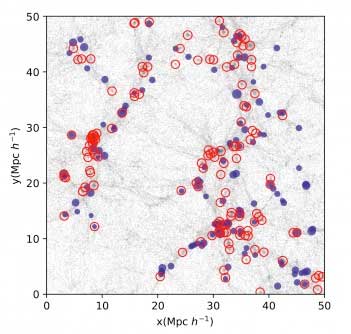 New research has provided a deeper insight into emission line galaxies, used in several ongoing and upcoming surveys, to help us further understand the composition and fate of the universe.
New research has provided a deeper insight into emission line galaxies, used in several ongoing and upcoming surveys, to help us further understand the composition and fate of the universe.
Dec 21st, 2017
Read more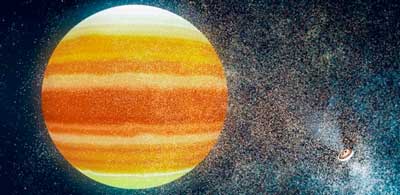 It is theoretically possible that habitable planets exist around pulsars. According to new research, such planets must have an enormous atmosphere that converts the deadly x-rays and high energy particles of the pulsar into heat.
It is theoretically possible that habitable planets exist around pulsars. According to new research, such planets must have an enormous atmosphere that converts the deadly x-rays and high energy particles of the pulsar into heat.
Dec 20th, 2017
Read more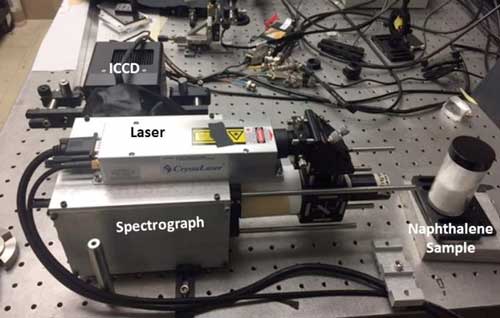 Compact spectroscopy instrument offers sensitive and fast detection for planetary exploration.
Compact spectroscopy instrument offers sensitive and fast detection for planetary exploration.
Dec 20th, 2017
Read more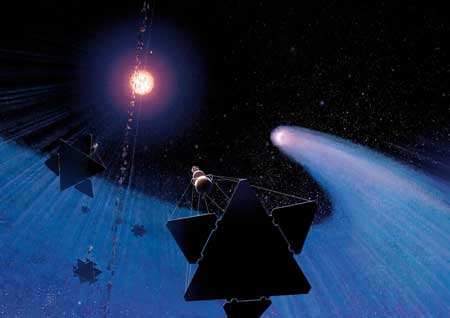 Astronomers have discovered that the GJ436b exoplanet, nicknamed 'the comet-like exoplanet' because it evaporates like a comet, follows a very special elliptical orbit over the poles of its star.
Astronomers have discovered that the GJ436b exoplanet, nicknamed 'the comet-like exoplanet' because it evaporates like a comet, follows a very special elliptical orbit over the poles of its star.
Dec 19th, 2017
Read more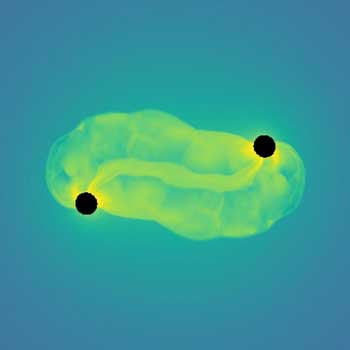 Theoretical physicists have determined what gravitational waves might look like if two black holes formed inside a massive, collapsing star.
Theoretical physicists have determined what gravitational waves might look like if two black holes formed inside a massive, collapsing star.
Dec 19th, 2017
Read more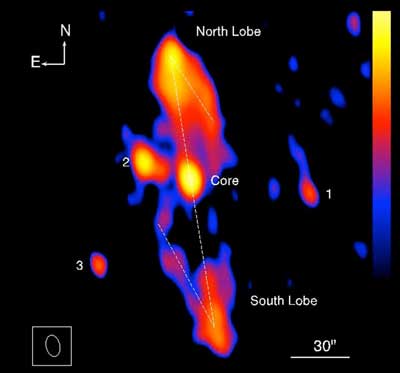 Researchers have discovered for the first time a Z-shaped structure in a microquasar, a small scale version of a radio galaxy. This discovery has interesting consequences for some of these radio galaxies that have been assumed to date as gravitational wave emitters.
Researchers have discovered for the first time a Z-shaped structure in a microquasar, a small scale version of a radio galaxy. This discovery has interesting consequences for some of these radio galaxies that have been assumed to date as gravitational wave emitters.
Dec 19th, 2017
Read more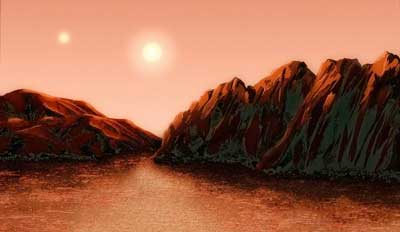 Astronomers have taken a fresh look at the nearby Alpha Centauri star system and found new ways to narrow the search for habitable planets there.
Astronomers have taken a fresh look at the nearby Alpha Centauri star system and found new ways to narrow the search for habitable planets there.
Dec 19th, 2017
Read more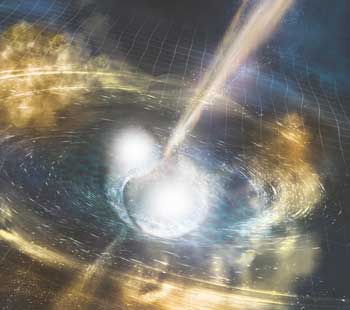 Observations of neutron star collision challenge some existing theories.
Observations of neutron star collision challenge some existing theories.
Dec 19th, 2017
Read more